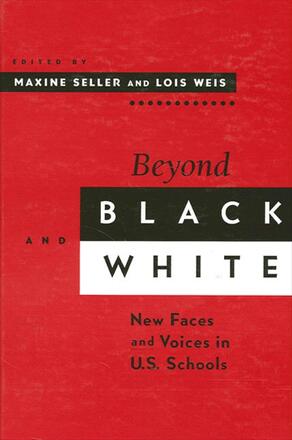
Beyond Black and White
New Faces and Voices in U.S. Schools
Alternative formats available from:
Dedicated to a better understanding of the diversity of children being taught in American public schools, this book includes the experiences of groups (e.g. Haitians, Dominicans, Indians, and Vietnamese) not often represented even in the multicultural education literature. It also includes the experiences of often marginalized groups such as lesbians and gays, Appalachians, and white working class males.
Description
Most contemporary work on education that takes into account differences among students in schools in the United States focuses on African American and white students, rather than recognizing the complexity of the current population. Beyond Black and White opens a discussion of diversity that goes beyond the notion that white or black can be looked at as any kind of homogeneous groupings. While numerous studies focus on the ways in which schools privilege some groups of children and marginalize others, such work tends to construe differences along a narrowly constructed black-white dichotomy. Beyond Black and White forces the reader to abandon this construction.
The book encourages the centering of voices often not heard, even in volumes whose aim it is to center historically silenced voices. The contributors probe the experiences of "Familiar Minorities," such as African Americans, native Americans, and Mexican Americans, as well as those among "Newcomers," such as Haitians, Dominicans, Indians, Salvadorians, and Vietnamese. In the final section, "Other Minorities" are encountered--groups struggling for recognition such as lesbians and gays, Appalachians, and white working class males. This interdisciplinary volume stands as vivid testimony to the myriad of voices in today's schools.
Mihai I. Spariosu is Research Professor of Comparative Literature at the University of Georgia. He is the editor of the SUNY Press publication series The Margins of Literature.
Reviews
"I like this text because of its immediate accessibility to the reader, the great diversity of groups represented, the theoretical perspectives of the authors, and the good balance of theory, research, field accounts, and the personal voices that are retained in these accounts. I can think of no single text that combines all the elements present in this edited volume. " -- Nelson C. Vincent, University of Cincinnati